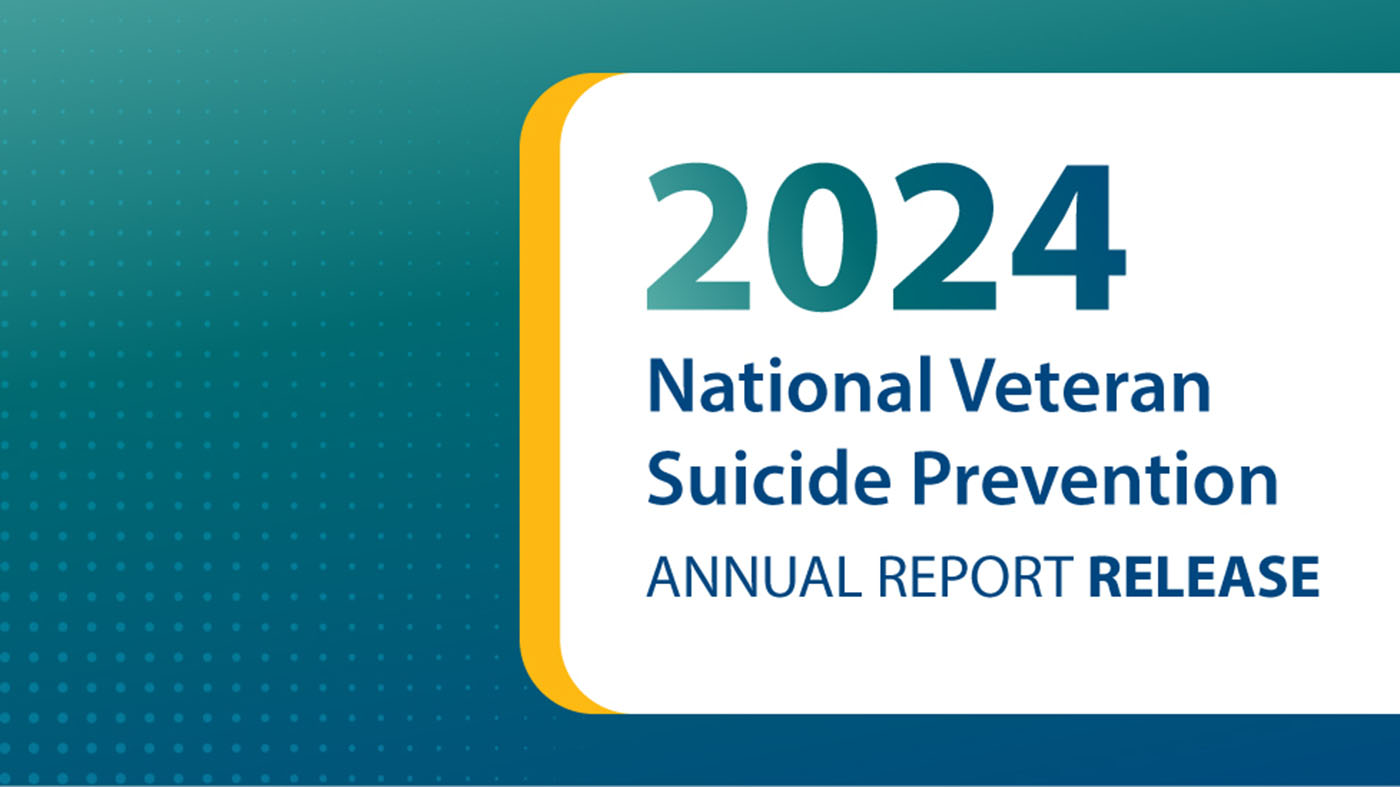I’ve just completed my first full year with VA as the Marketing Liaison for VHA Healthcare Recruitment and Marketing. Over the past twelve months I have been blessed to meet or become aware of VHA family members who serve in the first ranks of providing personalized, proactive, patient-driven healthcare to our Veterans.
As I reflect over the past year’s interface with our VHA team, I am moved by their enthusiasm, sincerity and commitment to serve America’s Heroes.
For instance, I met Rudy Mannari, PA-C during a photo shoot at the Bay Pines VA Healthcare System in St. Petersburg, FL. A Viet Nam era Army Veteran, Mannari is six years past retirement eligibility and still specializes in reconstructive plastic surgery, hand and wound care. I remember Mannari telling me, “I do what I can to make things happen for [Veterans], to improve their quality of life.”
Christine DeLisle, an occupational therapist at the VA Southern Nevada, is also dedicated to improving the quality of life for our Veterans. DeLisle provides one-on-one care and mentoring to our disabled Veterans so they can adapt and carry skills acquired in the clinic to their home environment. “From the clinic, to the home, that’s our goal,” she said.
That determination to improve our Veterans’ quality of life includes the presence of mind to follow up with our patients—an important element to personalized, proactive, patient-driven healthcare to our Veterans.
Suffering from a heart condition, Larry Kerr, a 65-year-old Air Force Veteran, was diagnosed by Dr. Alexis Harrison, cardiologist at the medical intensive care unit at Salt Lake City VA. After running an electrocardiogram, Harrison recommended Kerr use a Holter monitor device to record his heart rhythm. The monitor did its job. Within a couple of days, it alerted VA doctors that Kerr had a fast, irregular heart rhythm that could potentially kill him suddenly. VA medical staff informed Kerr of his condition and notified local police and emergency medical service personnel who arrived at his home within minutes. Kerr was rushed to the nearest hospital where he was stabilized and then transferred to the Salt Lake VA. (Read more)
There are countless other examples of our VA healthcare professionals providing customer service driven healthcare to America’s Heroes. They accomplish this by learning as much as they can about their patients; developing courteous relationships with them and helping them lead long, healthy lives.
These efforts, compliment the investments VA has made in the technologies that best meet the needs of Veteran patients to include performance measurement, electronic health records, telehealth, research and. VA was recently named to the 2013 “Most Wired” hospitals list.
The list, which is released by Hospitals & Health Networks, in partnership with McKesson, the College of Healthcare Information Management Executives (CHIME) and the American Hospital Association (AHA), is the result of a national survey aimed at ranking hospitals that are leveraging health information technology (HIT) in new and innovative ways.
Bottom line: The VA model of providing personalized, proactive, patient-driven healthcare to our Veterans health care is a reality. It is a reality because of the VHA total team effort to enhance the quality of life for our Veterans and their families. It is our way of saying, “thank you for serving.”
Does the VA model of delivering personalized, proactive, patient-driven healthcare to our Veterans appeal to you? If so, then make it your New Year resolution to visit VA Careers to learn how you can become a part of this legacy of service at www.vacareers.va.gov.
Topics in this story
More Stories
The Medical Foster Home program offers Veterans an alternative to nursing homes.
Watch the Under Secretary for Health and a panel of experts discuss VA Health Connect tele-emergency care.
The 2024 National Veteran Suicide Prevention Annual Report provides the foundation for VA’s suicide prevention programs and initiatives.







